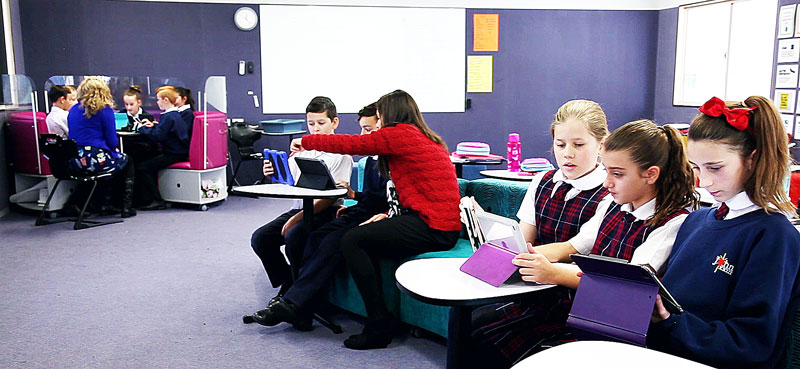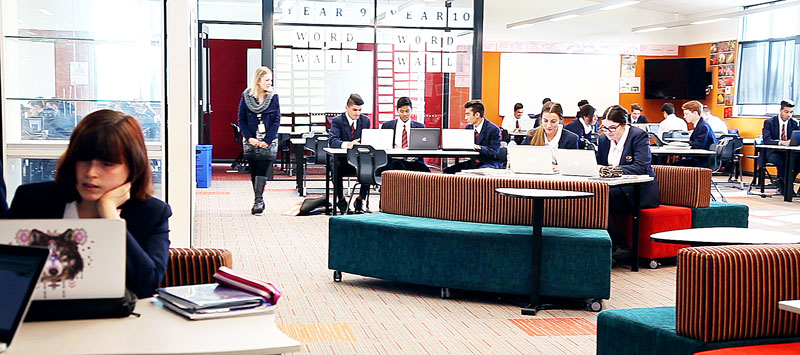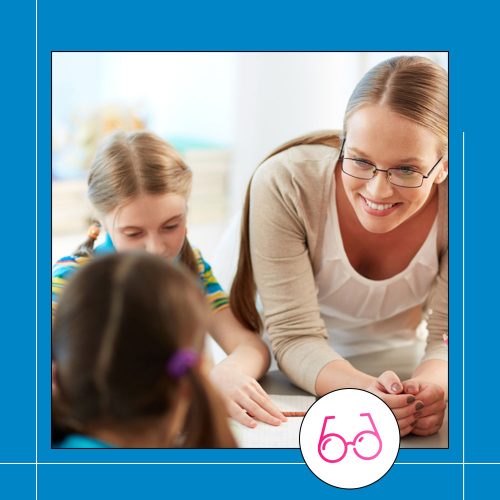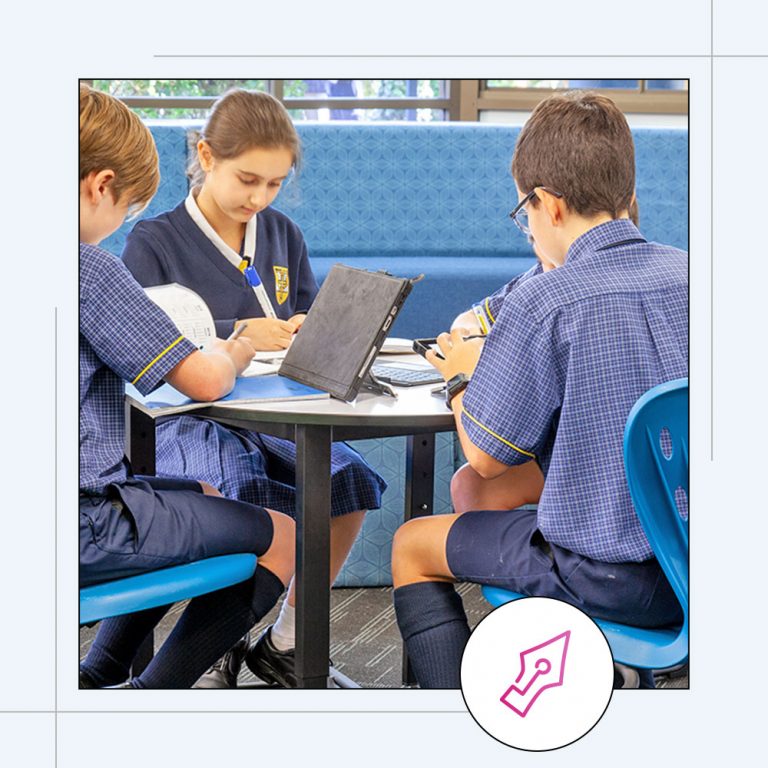After qualified teachers and, of course, the very first people to teach us right from wrong, our parents, there is a lot we can learn from the physical environment.
When we were only but a few months old, we began discovering an entire world of sensory experiences around us. We discovered what different things in our surroundings tasted like, felt like, sounded like and looked like. As children’s minds and bodies grow, they begin to learn how to assess the environment surrounding them.
We learn that when we’re running, and there is an object in our path, we swerve to avoid it. We learn that when there is a table and its set with plates and cutlery, its time to eat. We make sense of ourselves and our actions through our surroundings. It’s something we continuously do without even realising it.
It’s especially important when children enter their schooling years and learn how to think, behave and relate to others in a classroom.
The physical classroom environment is more than just a ‘backdrop’ in the education industry. In fact, according to researchers from the Australian Children’s Education & Care Quality Authority, it has become recognised as the Third Teacher in the classroom.
The terminology comes from the Reggio Emilia approach and places a great deal of importance in the belief that children can best create meaning and make sense of their world through environments which support complex, varied, sustained, and changing relationships between people and the sensory world.
The biggest question you might have is how exactly does the learning environment ‘Teach’ children?
There are 3 environmental elements that contribute to how young children learn and develop skills. Particularly for prep and primary school aged children.

1. A Wide Range of Materials
In early education, the classroom environment should support learning through the senses. By providing sensory experiences and ‘open-ended materials’ that invite a variety of uses, young children can catalogue objects, as well as possible actions and behaviours they might adopt when interacting with those objects. Ultimately, they continue to expand their knowledge of their surroundings.
Some sensory objects and materials might include;
- Wooden blocks
- Liquids like paints, water, etc
- Sand and rocks
- Sticks
- Paper and pencils
- Textured fabrics for soft furnishing
The learning environment should be full of exciting things to see, touch and engage with to develop fine motor skills such as writing, constructing and drawing. However, overloading the space with a riot of different colours and patterns could become an overwhelming mass of sights and sounds, especially for young children.
Having the right balance of open-ended materials provides a sense of wonder, curiosity and invites children to explore their environment.
2. Flexibility
“In order to act as an educator for the child, the environment has to be flexible: It must undergo frequent modification by the children and the teachers in order to remain up to date and responsive to their need to be protagonists in constructing their knowledge. All the things that surround people in the school and which they can use — the objects, the materials, and the structures — are not seen as passive elements, but on the contrary, are seen as elements that condition and are conditioned by the actions of the children and adults who are active in it.”
- Edwards, Gandini and Foreman (1998 p.177) Tweet
Just as educators embrace a flexible approach teaching, they should also provide and encourage students to re-arrange furniture and equipment around the room. The classroom should not only be aesthetically pleasing, but it should also reflect the identity of the students and classroom culture.
You could incorporate soft seating such as bean bags and ottomans. Or you could simply re-arrange the tables and chairs into a U shape configuration, circle, half circle or in different variations of groups. Flexible layouts give children opportunities to communicate and collaborate with their peers in different and exciting ways.
Make sure the room isn’t crowded with tables. Tables take up a lot of space. Without a diverse range of areas for students to visit like reading nooks as well as individual spaces and group spaces, they may feel confined to their seats and become less engaged in their learning.

3. Responsibility and Choice
When the learning environment fosters a sense of ownership and responsibility, students make choices and discover their own unique learning style.
Arranging furniture to create diverse areas can encourage students to disperse and come together by choice. Forcing children into large or small groups may interfere with these positive interactions.
Having areas that support choice helps give children agency and makes them feel safe.
Ways students can take ownership in the classroom;
- Display student’s work or allow them to decorate the walls – involve them in the decision-making process
- Create a weekly classroom chore chart and rotate chores regularly
- Give them a choice of whether they wish to work on their own or with others for a task
- Let students choose their homework activities
- Let students take attendance
- Encourage students to re-arrange the furniture
The key takeaway here is that the physical environment should support play and exploration.
Thoughtfully designed educational environments allow children to act, play and explore. The learning environment doesn’t explicitly educate children with words much like traditional teachers and parents do. However, it’s evident that it has become the Third Teacher in a lot of ways. In how children take ownership of their environment, how they process the different materials within it and how safe they feel in the space.
All these elements of the learning environment contribute to children’s cognitive development and spatial awareness.











